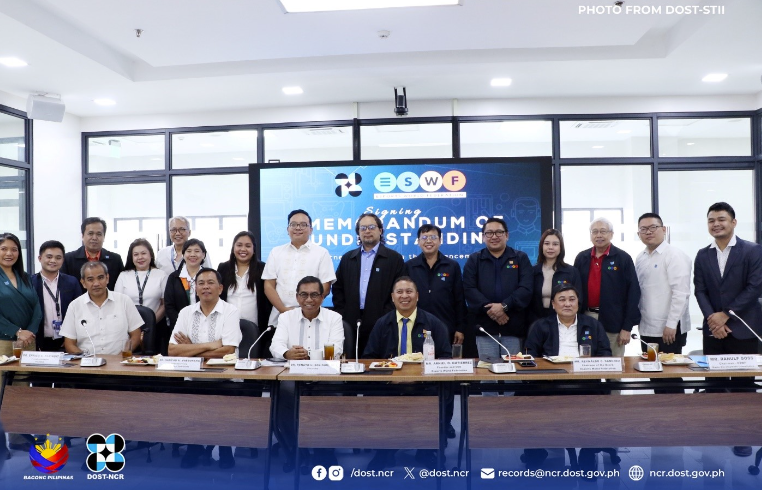Advancing Defense Capabilities through Science-Driven Additive Manufacturing and Communication Technology: DOST-NCR and Philippine Army Forge Innovation Partnership

Advancing defense readiness through enhanced communication systems powered by science and technology, the Department of Science and Technology–National Capital Region (DOST-NCR) has partnered with the Philippine Army’s Signal Regiment (ASR) to strengthen its 3D printing capabilities for mission-critical communication equipment.
The collaboration was formalized through a Memorandum of Agreement (MOA) signing held at the Philippine Army headquarters in Fort Bonifacio, Taguig City. DOST-NCR Regional Director Engr. Romelen T. Tresvalles and Philippine Army Commanding General LTGEN Roy M. Galido PA led the ceremonial signing for the project titled “Optimizing 3D Printing Capabilities at the Army Signal Regiment Headquarters.”
This science-driven initiative empowers the Signal Installation and Maintenance Battalion (SIMBn) to design, prototype, and fabricate essential components for the Army’s communication systems. By adopting advanced additive manufacturing, the Army can reduce reliance on external suppliers, accelerate the production of critical parts, and ensure operational continuity across units.
Supporting this initiative is the DOST-Metals Industry Research and Development Center (DOST-MIRDC), which provides technical assistance and specialized training to enhance the 3D printing capabilities of the Army. While not a direct signatory to the partnership, DOST-MIRDC plays a vital role in reinforcing the technological capacity of the initiative.
Aligned with Republic Act 12024 and the Self-Reliant Defense Posture (SRDP) Revitalization Program, this collaboration highlights the importance of localized innovation in strengthening national defense. With DOST-NCR at the forefront, this effort affirms a shared commitment with the Philippine Army to build a modern, agile, and resilient Armed Forces of the Philippines equipped with science-based solutions for future-ready defense operations.
By Noel G. Calcetas, SCCU





